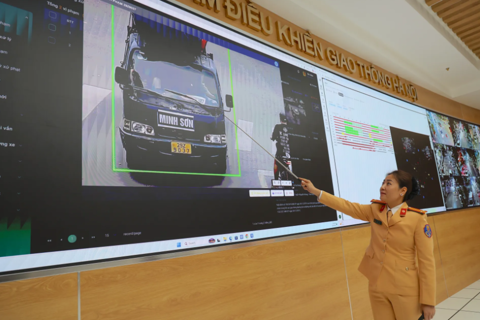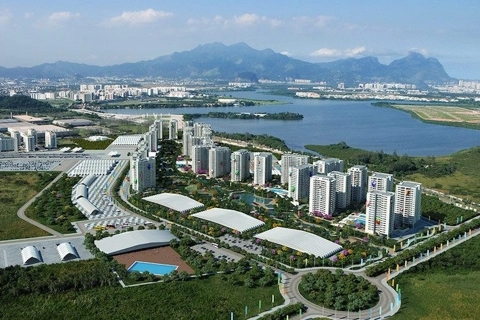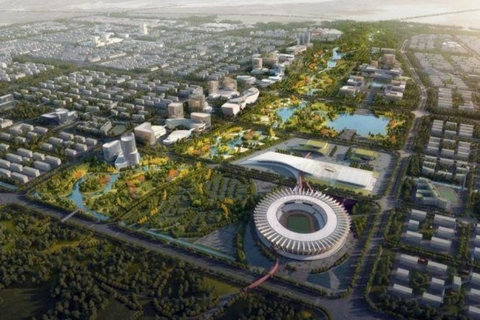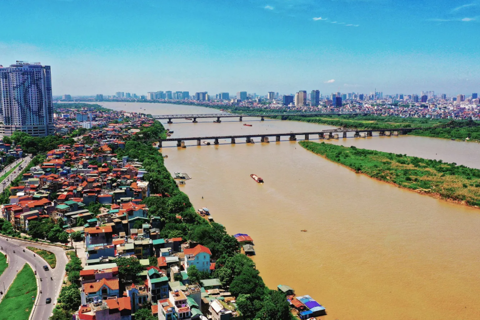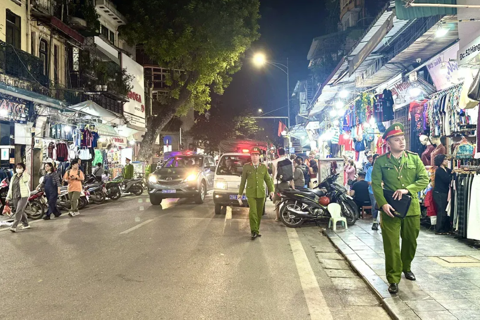Hanoi builds regional connections to enhance visitors' experiences
Hanoi, the heart of the country, in recent years has promoted regional connections to develop interprovincial tour packages.
THE HANOI TIMES — Hanoi has great potential for tourism development thanks to its position as a sociopolitical center with a thousand-year history and beautiful natural landscapes. However, it requires connections between Hanoi and neighboring locations to unlock the prospect. Tran Trung Hieu, Deputy Director of the Hanoi Department of Tourism, talked about specific moves for the issue in an interview with The Hanoi Times.
What are Hanoi's unique advantages to make it a regional tourism transshipment hub?
As the largest economic and political center and the second-most populous city, Hanoi has strongly influenced the development of national tourism. Thanks to Noi Bai International Airport, comprehensive infrastructure, and well-developed railway lines, transportation to Hanoi is convenient. In the future, river tourism will also be developed.
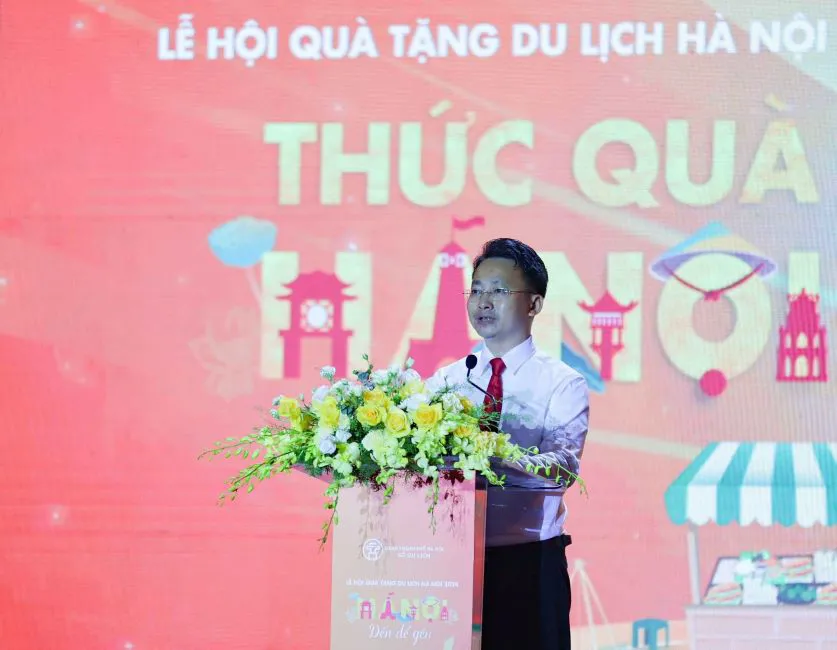
The capital city, which is home to 5,847 historical sites and 1,350 craft villages, is considered an attractive tourist destination, offering many types of tourism. According to data from the Vietnam National Authority of Tourism in 2024, the number of tourists to the city rose 10% per year and tourism revenue grew 15.5% annually.
Hanoi is a magnet for both inbound and outbound tourism. Regional linkage plays an important role in developing tourism in Hanoi and surrounding areas. Tourism growth will lead to development in many other areas of the region, such as industry, agriculture, culture, sports, education, and health.
Could you highlight some of the key aspects of Hanoi's collaboration with neighboring regions in the tourism sector?
There are currently many diverse tour packages resulting from the cooperation between Hanoi and other localities.
Foreign visitors to Hanoi can choose a day tour to experience rural tourism products, resorts, MICE (meetings, incentives, conferences, and exhibitions), and craft village tourism in Ninh Binh, Bac Ninh, Hung Yen, Vinh Phuc, Phu Tho, and other areas.
In addition, Hanoi's rural areas are rich in cultural heritage, both tangible and intangible, as well as diverse landscapes. Examples include the Bat Trang Pottery Village and the Van Phuc Silk Village. Meanwhile, neighboring provinces also have a vast wealth of traditional craft villages, such as those in Hai Duong, Hung Yen, and Bac Ninh. These villages are conveniently located close to interprovincial routes.
Tourists who want an extended experience can choose the Hanoi to Lai Chau, Son La, or Dien Bien route; the Hanoi to Hoa Binh route; or the Hanoi to Phu Tho route.
With the railway, tourists can travel to Sapa, Haiphong, the central region, the Central Highlands, or Ho Chi Minh City.
However, the route from Hanoi to other provinces generates more tourism than the route from other provinces to Hanoi. Therefore, we aim to increase the number of tourists from other provinces who come to Hanoi to stay and experience the city.
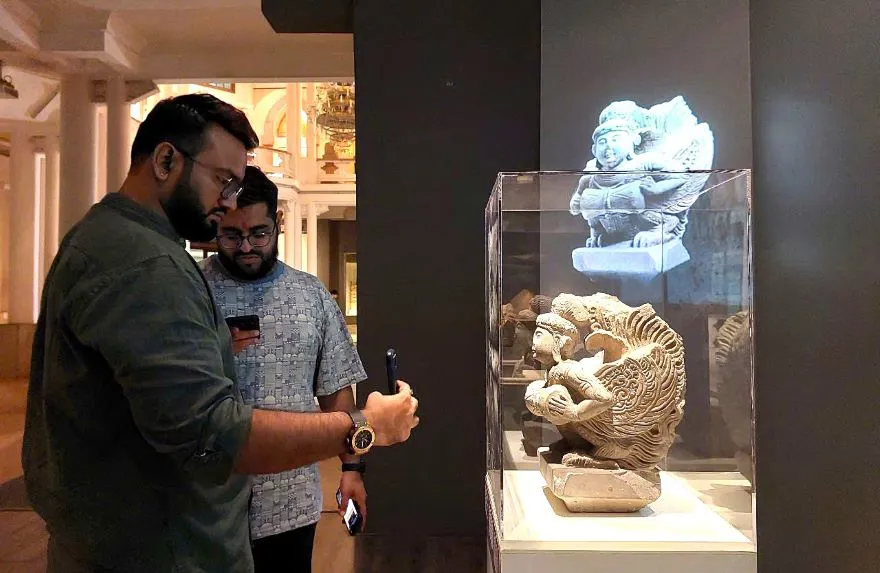
The National Museum of History is an attractive destination for foreign tourists in Hanoi. Photo: Ngo Minh/The Hanoi Times
What are difficulties in developing tourism in the capital region?
The biggest challenge is the lack of effective coordination between local governments and tourism companies. Tourism programs between Hanoi and other tourist destinations are fragmented by small travel agencies, leading to uneven service delivery and poorly-designed tours.
For example, tourists traveling from Hanoi to neighboring provinces may experience inconsistent food and transportation services. This reduces tourist satisfaction and undermines the image of the capital region's tourism. Furthermore, cultural and natural heritage preservation and promotion have not received adequate attention, which negatively affects tourists' experiences.
Environmental issues also significantly impact the development of regional tourism products. For example, the Bat Trang Pottery Village and Hanoi's Old Quarter lack diverse activities to attract tourists.
What are solutions to enhance effective cooperation between Hanoi and localities?
The Hanoi tourism industry will collaborate with other provinces and cities to develop regionally linked products and promote the MICE tourism market, as well as urban and island tourism, healthcare, and education.
Regarding tourism promotion, the Hanoi Department of Tourism will proactively invite localities to participate in the city's domestic tourism program. Specifically, we will focus on creating suitable itineraries departing from Hanoi.
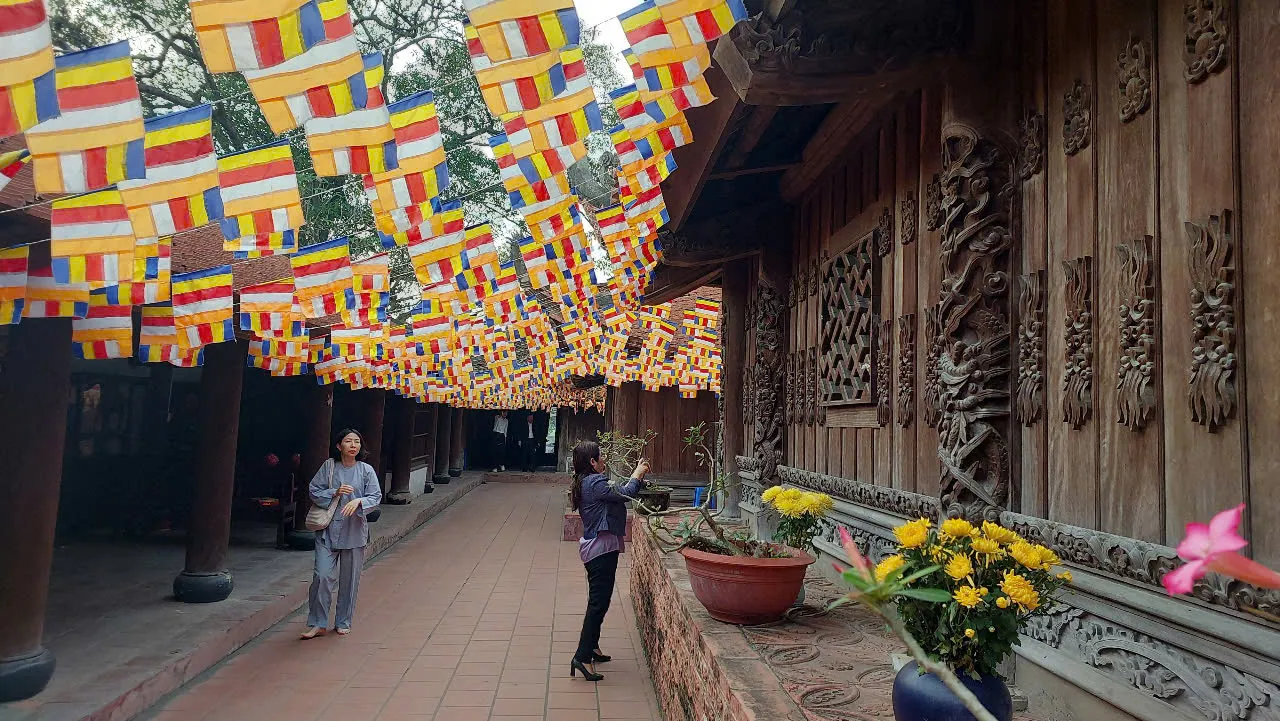
Dau Pagoda in Thuong Tin District, Hanoi attracts tourists thanks to beautiful architecture. Photo: Ngo Minh/The Hanoi Times
The Hanoi government will support provinces and cities in promoting new destinations and tourism products by diversifying communication channels, including websites, social networking platforms (YouTube, Facebook), mass media, and tourist support hotlines.
At the same time, it will increase support for Hanoi travel agents to connect with localities and collaborate on creating new regional tourism routes. Additionally, it will focus on surveying and promoting tourist destinations and developing attractive, unique, and highly connected tours while exchanging information on tourism markets and policies and planning tourism industry to make the cooperation effective.
Thank you very much.





